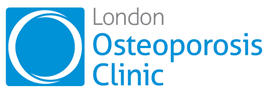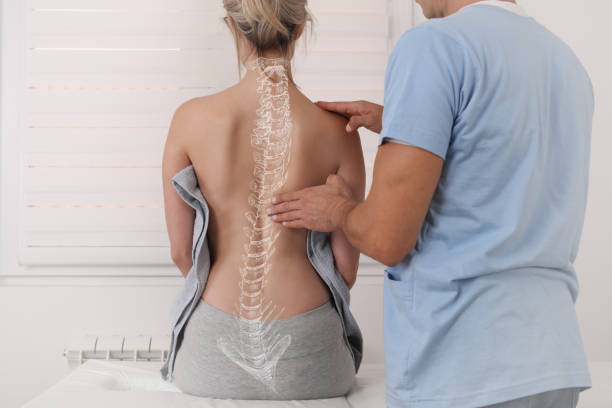- Bone is a living, growing organ in the body which is strong but flexible.
- We constantly lose old bone and form new bone throughout our lives.
- Past the mid-life point, bone loss usually starts to become greater than bone formation across the general population, affecting both men and women.
- When you lose too much bone or do not make enough of it, or perhaps a combination of both, this is osteoporosis.
- Approximately 3 million people in the UK have osteoporosis.
- Some bone loss can be a result of certain kinds of medication.
- Even though bone loss affects both men and women, roughly half of all women and 1 in 4 men over the age of 50 will break a bone as a direct result of osteoporosis.
- Women lose up to 20% of their bone density in the five to seven years surrounding the menopause.
- By around age 80, Caucasian women have usually lost around one-third of their hip bone density.
- Broken hips are on the rise and can be fatal, resulting in 1150 monthly deaths in the UK alone.
- If your parents experienced bone breaks in adulthood, your chances of having osteoporosis are greater, as osteoporosis has genetic elements.
- The most common osteoporosis breaks happen in the wrist, spine, or hip. A broken bone in the back may cause sharp pain, but it also may show no symptoms.
- In those with osteoporosis, breaks can result from even small everyday actions, such as sneezing, lifting, bumping into something, or even hugging someone.
- Osteoporosis often shows no symptoms, so many people do not know they are affected by it until they break a bone.
- Osteoporosis is common, but it is manageable, treatable, and preventable.
Call us if you would like to find out more about your bone health.


One Comment